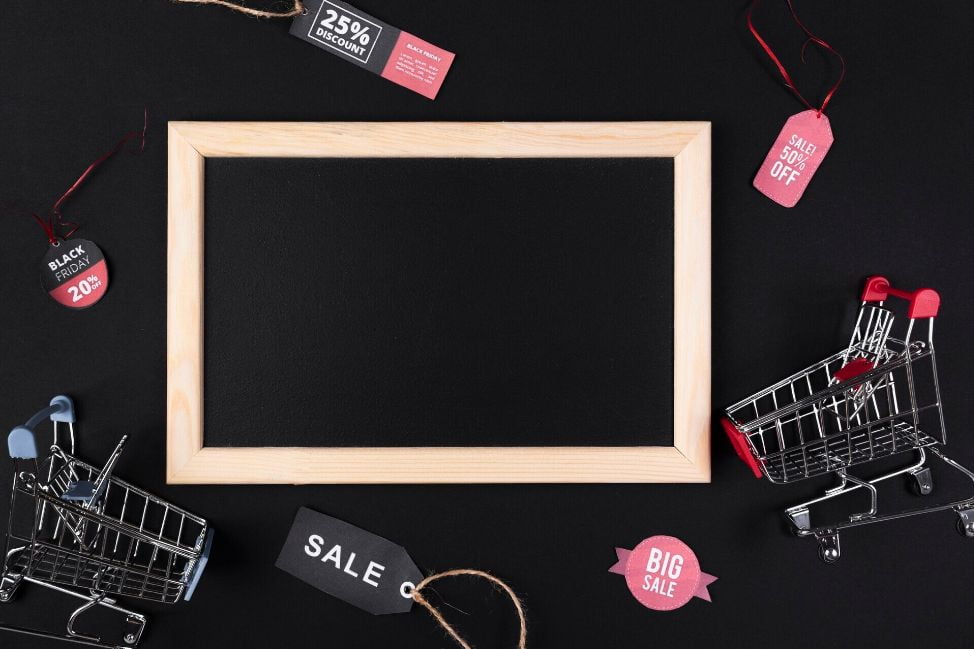For any eCommerce store, managing an online order process, starting from the initial order to fulfillment of the order, is a critical part of their growth. While doing this, it is also best to have a post-purchase follow-up strategy. It will help retain loyal customers that would repeat the process. To keep this order cycle flowing continuously requires a great deal of attention and accuracy. With good order management practice, you can get better oversight and control of your ordering process.
The success of your store hangs on the best order management practice you implement. For instance, it would help you manage your sales cycles while eliminating any errors with customer shipments and orders. To help new eCommerce store owners, let’s look at the best practice you can employ when receiving orders.
What is Order Management?
Order management involves the process of aligning your inventory and customer sales through various sales channels. These processes include the receiving, payment processing, and fulfillment process.
Order management is a task you can do manually but will cause customer attrition and employee burnout. To avoid this, most eCommerce businesses use an order management system to handle the large volume of work, reduce errors, and increase order processing time. It helps in the customer experience process.
Order management system best Practices
As mentioned above, order management comprises several processes that help your business. You can implement various practices in an order management system; however, our focus here will be the best practice when receiving orders from customers.
Ensure all fields are required
To avoid inaccuracy when ordering, you need to ensure all fields are marked as required. It would help to avoid any incomplete information from customers. If you have all the information you need about a customer, you don’t have to call back to request additional information when a problem with fulfillment arises. Furthermore, ensure the compulsory fields include email and delivery address.
Automated Order Confirmation
Immediately after you receive an order, the automated system should send a confirmation message to the customer. For a check and balance system, it is the next step to implement to ensure the customer has made the right order. Furthermore, the email should include instructions on contacting the store peradventure the item is not what you ordered.
Having an automation tool can assist you in many tasks other than automated emails. Find out more in our automation template library.
If you’re a merchant on BigCommerce, one typical automation app is Atom8, which automates store management tasks to enhance business productivity. You can explore it here:
 The app automatically solves repetitive store management tasks.
The app automatically solves repetitive store management tasks.
Centralize your inventory
Another best practice to implement is to use an inventory tracking system that allows you to know when you need to re-order a particular item. Depending on your eCommerce platform, some come with free tools that enable you to centralize your inventory.
Flagging unique orders
Some orders, including rush delivery, return items, or VIP customer orders, which have a special gift, require special attention. Here, you need to create a unique code for these special orders and educate your employees on checking for these orders. You can create a ticker that alerts you once there is a particular order. If you run a bigger store, you can specially appoint a team to handle these orders to help in your customer retention strategy.








